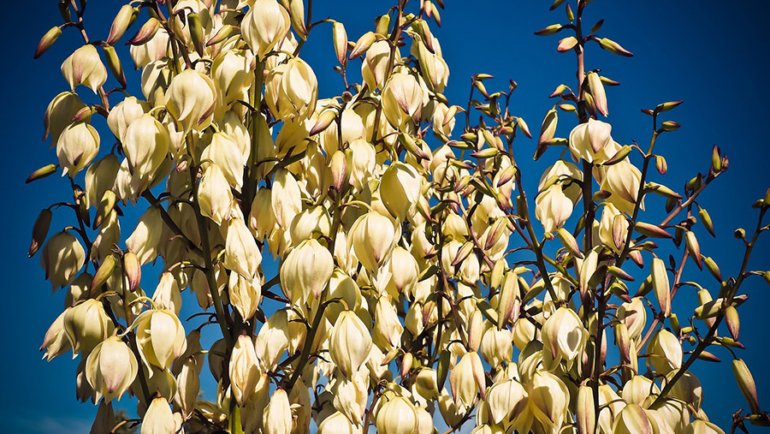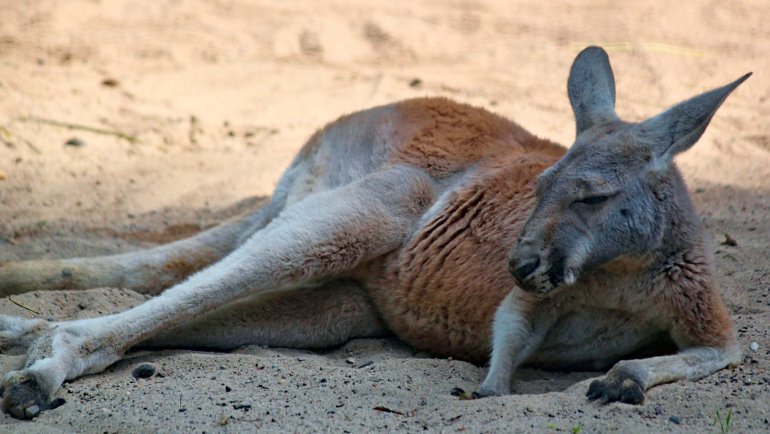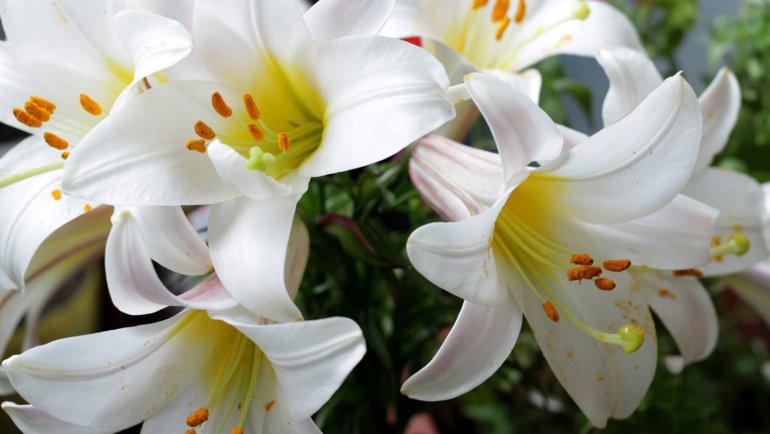Have you ever stood in a meadow at the break of dawn in Kyrgyzstan? As the sun peeks over the horizon, the air shivers with freshness, and you’re greeted by a sea of delicate tulips, gently swaying in the breeze.
It’s a moment of pure magic, a national emblem painted by nature itself. Let’s take a moment to appreciate Kyrgyzstan’s love affair with this charismatic bloom, the tulip, a flower that has silently witnessed history unfold and has become an unwitting symbol of transformation for this beautiful Central Asian country.
Description of The Tulip
The tulip – what a simple name for such a complex beauty! This perennial comes from the genus Tulipa and boasts a bold cup-shaped flower that crowns a sturdy stem, surrounded by broad, lance-shaped leaves.
A tulip isn’t just a tulip; it’s a story of color and form, ranging from the classic single bloom to the flamboyant fringed and parrot varieties. Imagine the kaleidoscope when they bloom in spring, from the earliest days of April to the lingering warmth of late May.
Their colors? Imagine a painter’s palette after a frenzied day of creation—vivid reds, deep purples, luminous yellows, and even the occasional brushstroke of striped petals. Each tulip seems to hold a secret, a whisper of the earth’s joy as it wakes from winter’s slumber.
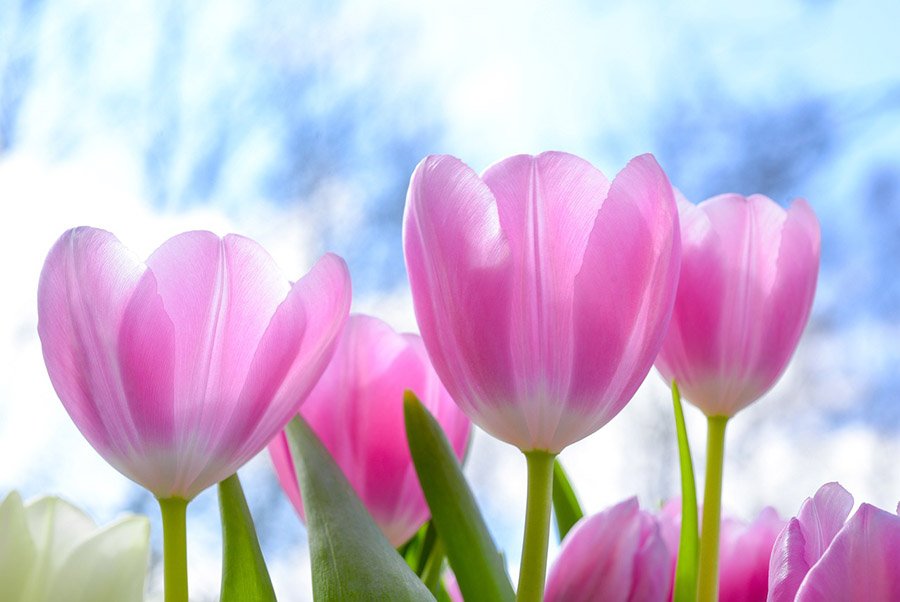
Where Does The Tulip Grow?
Kyrgyzstan’s landscape is a dramatic sight with high mountains, rolling valleys, and crystal-clear lakes. Amidst this stunning backdrop, tulips find their sanctuary. They thrive in the steppe zones and alpine meadows, painting the rugged terrain with bursts of color each spring.
These hardy blooms are well-suited to the cold winters and hot, dry summers typical of Kyrgyzstan’s continental climate. Interestingly, while many associate tulips with the Netherlands, these flowers are actually native to Central Asia, having been cultivated in this region long before they sparked “Tulip Mania” in Europe.
Their genetic heartland stretches from the foothills of the Tien Shan mountains in Kyrgyzstan across the silk roads, where they still grow wild, basking in the dappled sunlight that filters through the airy coniferous forests.
The Tulip in The Ecosystem
In the ecosystem, tulips play a subtle yet significant role. While they’re not the main course for most fauna, they do provide an essential early source of pollen for pollinators like bees, awakening from their winter dormancy.
These industrious insects flit from flower to flower, ensuring the continuation of species and the spread of floral joy. The tulip bulbs, nestled safely underground, are sometimes foraged by rodents, although they’re not a primary food source.
On top of that, the tulip’s role in human culture and economy serves as a symbol of national pride and an important aspect of horticultural trade and tourism.
In their silent splendor, tulips contribute to the biodiversity of the region, supporting the delicate balance of this unique environment where they complement the natural beauty and attract a myriad of visitors, both human and animal alike.
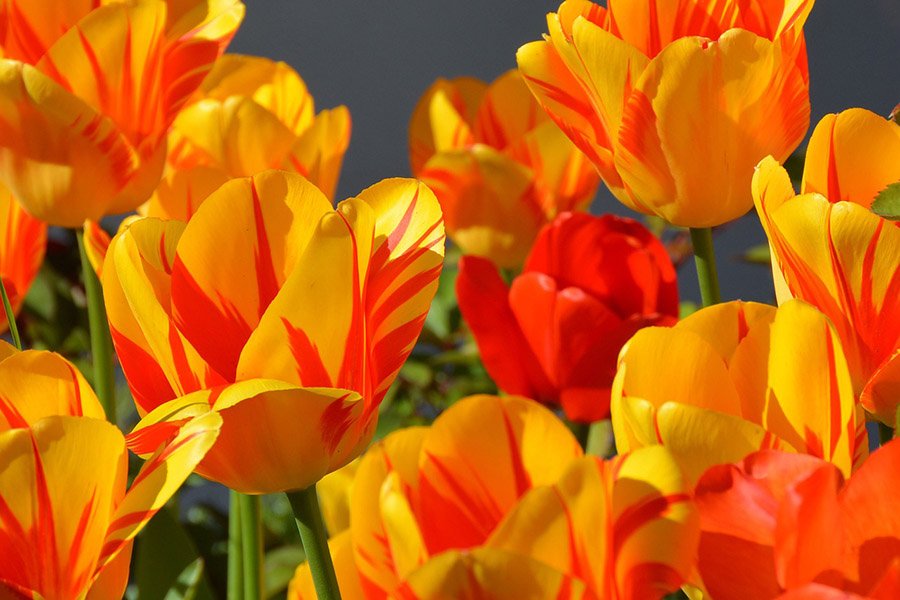
Why and When Did The Tulip Become the National Flower of Kyrgyzstan?
The tulip, a bloom as vibrant and diverse as the people of Kyrgyzstan, carries a depth of symbolism with its brightly colored petals. While not officially declared as the national flower, the tulip resonates deeply with the cultural and historical heritage of the nation.
It’s a testament to beauty thriving in rugged conditions, mirroring the resilient spirit of the Kyrgyz people. The tulip symbolizes spring’s arrival and renewal, apt for a country that has witnessed the tides of change and rebirth throughout its history, including gaining independence after the dissolution of the Soviet Union in 1991.
The adoption of the tulip as a national symbol hasn’t been documented with a specific date or decree, but its significance is rooted in history.
It’s believed that tulips originated from this part of the world, and it’s the natural choice that aligns with the country’s heritage and pride in its natural beauty. The tulip’s association with renewal and abundance makes it a silent witness and a participant in the nation’s celebrations and milestones.
Where is The Tulip Featured in Kyrgyzstan?
In Kyrgyzstan, the tulip is more than just a flower—it is a symbol of significant cultural and historical movements. Its image may not be minted on the currency or hoisted on the flag, but its influence is profound and multifaceted.
The tulip comes to life during Nowruz, the Persian New Year, where it is celebrated as a herald of spring and renewal. It is also the star of the annual Tulip Festival, which invites people to admire fields draped in its vivid splendor.
The tulip’s presence in Kyrgyzstan transcends seasonal festivities and blooms in the very heart of its modern history, most notably during the Tulip Revolution in March 2005.
This pivotal moment, named after the flower, marked a peaceful uprising that led to significant political change in the country. The tulip thus stands as a testament to the power of unity and the desire for democratic progression among the Kyrgyz people.
Beyond the realms of politics and public celebrations, the tulip motif is used in Kyrgyz art and tradition. It graces “shyrdaks,” the ornate felt carpets, and traditional embroideries, weaving its form into the nation’s artistic heritage.
Though not officially enshrined as a national symbol, the tulip’s essence is deeply rooted in Kyrgyzstan’s cultural, historical, and ecological narrative, painting it as an emblem of the nation’s resilience and beauty.
Names of The Tulip
Tulips, with their vibrant cups and elegant stems, are known by various names across the world, each reflecting the cultural lens through which they are admired.
In Kyrgyzstan, the tulip is affectionately known as “Лале” (Lale) in Kyrgyz, a name that echoes the flower’s Persian origins, as “laleh” means tulip in Persian.
Botanically, these flowers belong to the genus Tulipa. The diversity within the genus is vast, with over 75 different species and numerous hybrids known as cultivars. Across different regions, the tulip carries other synonyms and has been called by names as varied as “tulipan” and “tulpin”.
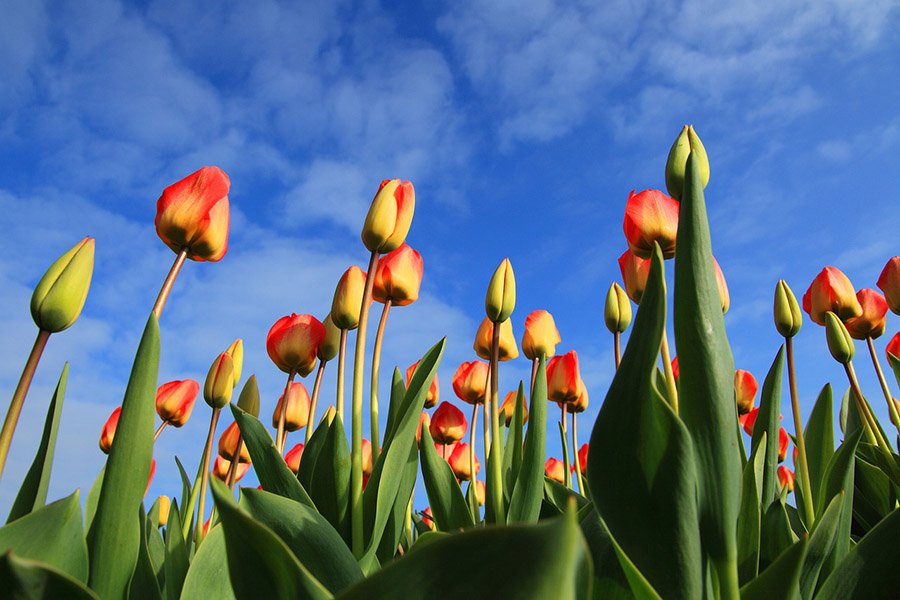
Interesting Facts About The Tulip
- Historical Journey: The tulip’s journey from the wild steppes of Central Asia to the manicured gardens of Europe is a fascinating tale of beauty sparking obsession, leading to the famous period in history known as “Tulip Mania” in the Netherlands.
- Genetic Diversity: There are over 3,000 different registered varieties of cultivated tulips. Each year, botanists and enthusiasts alike continue to expand this number through careful breeding programs.
- Cultural Impact: In the 16th century, the tulip was so highly valued in the Ottoman Empire that it symbolized wealth and was often worn as a symbol of status.
- Artistic Inspirations: Tulips have been a favored subject in art, prominently featuring in the works of many artists, particularly during the Dutch Golden Age.
- Medicinal Uses: While not widely known for their medicinal properties, some cultures have used tulips to make poultices for insect bites and skin irritations.
How to Grow The Tulip
Growing tulips can be a rewarding experience, as their bright blossoms bring early color to the spring garden. Here’s how to cultivate these charming blooms:
- Climate: Tulips need a period of winter chill to bloom successfully, making them well-suited to the temperate climate of Kyrgyzstan’s mountainous regions.
- Soil: Plant tulip bulbs in well-drained soil to prevent rot. Adding compost will enrich the soil and provide the best growing conditions.
- Planting: The best time to plant tulip bulbs is in the fall before the ground freezes. Plant bulbs about 4 to 6 inches deep with the pointed end up.
- Sunlight: Choose a site that gets full sun to ensure healthy growth. Tulips thrive in areas that have dry summers and cold winters.
- Watering: Water the bulbs after planting to help them establish roots. Once the tulips are growing, they require moderate watering, depending on rainfall.
- Care: After tulips bloom in the spring, allow the foliage to die back naturally before removing it. This process helps the bulb gather energy for the next year’s bloom.
By following these tips, gardeners in temperate climates can enjoy the burst of color that tulips bring to the landscape each year.
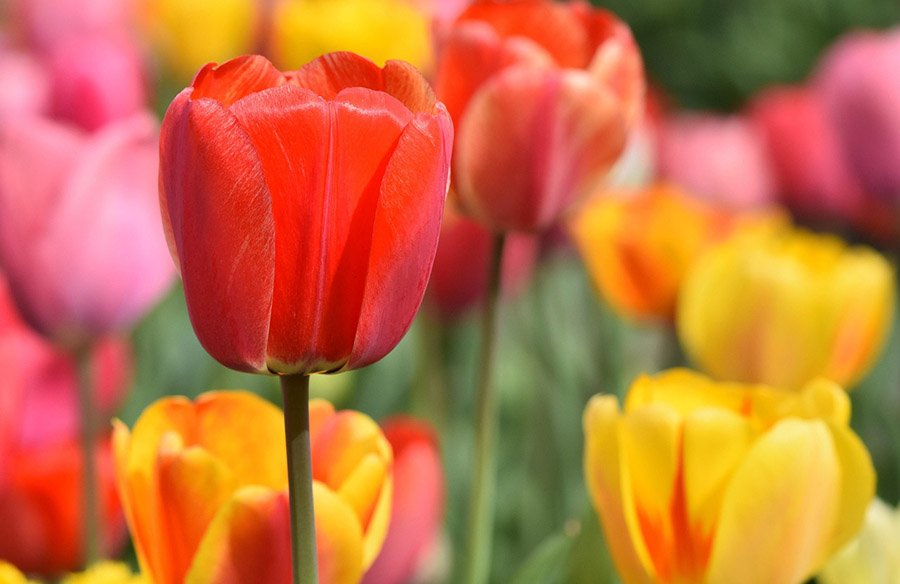
Other Beautiful Flowers Found in Kyrgyzstan
- Edelweiss (Leontopodium alpinum): Known for its star-shaped and woolly white flowers, edelweiss is a symbol of alpine beauty and ruggedness, often found in the Tien Shan mountains.
- Kyrgyz Onion (Allium oschaninii): With spherical clusters of purple or pink flowers, this onion variant is not just a visual treat but also a culinary delight, widely used in local dishes for its flavorful bulbs.
- Ferula (Ferula spp.): This genus of herbaceous perennial plants, akin to giant fennel, can be found in semi-desert areas and bears striking yellow flowers that are hard to miss.
- Rhodiola rosea: Often referred to as “golden root,” this plant is renowned for its rose-scented roots and its significance in traditional medicine for its adaptogenic properties.
- Sea Buckthorn (Hippophae rhamnoides): Bearing dense and bright orange berries, sea buckthorn is highly valued for both its nutritional and medicinal properties, with small, resilient flowers preceding the fruit.
Frequently Asked Questions
What does the tulip symbolize in Kyrgyz culture?
In Kyrgyz culture, the tulip often symbolizes the arrival of spring and renewal. It’s also an emblem of love and prosperity.
Are tulips used in any traditional Kyrgyz festivals?
Tulips, while not a central feature of traditional festivals, are often used to decorate homes and public spaces during the celebrations of Nooruz, marking the start of the spring season.
Can tulips be found in the wild in Kyrgyzstan?
Yes, several species of wild tulips are native to the mountainous regions of Kyrgyzstan, often blooming in early spring.
Do any national symbols of Kyrgyzstan feature the tulip?
The tulip isn’t officially featured on national symbols such as the flag or emblem, but it is a well-recognized unofficial floral symbol due to its prevalence and beauty.
Why is there a reference to a “Tulip Revolution” in Kyrgyzstan?
The “Tulip Revolution” refers to the peaceful uprising in March 2005 that led to the ousting of the then-president Askar Akayev. The term “tulip” was used to draw parallels with other nonviolent movements named after flowers. However, it should be noted that the term is not widely used within Kyrgyzstan itself.
